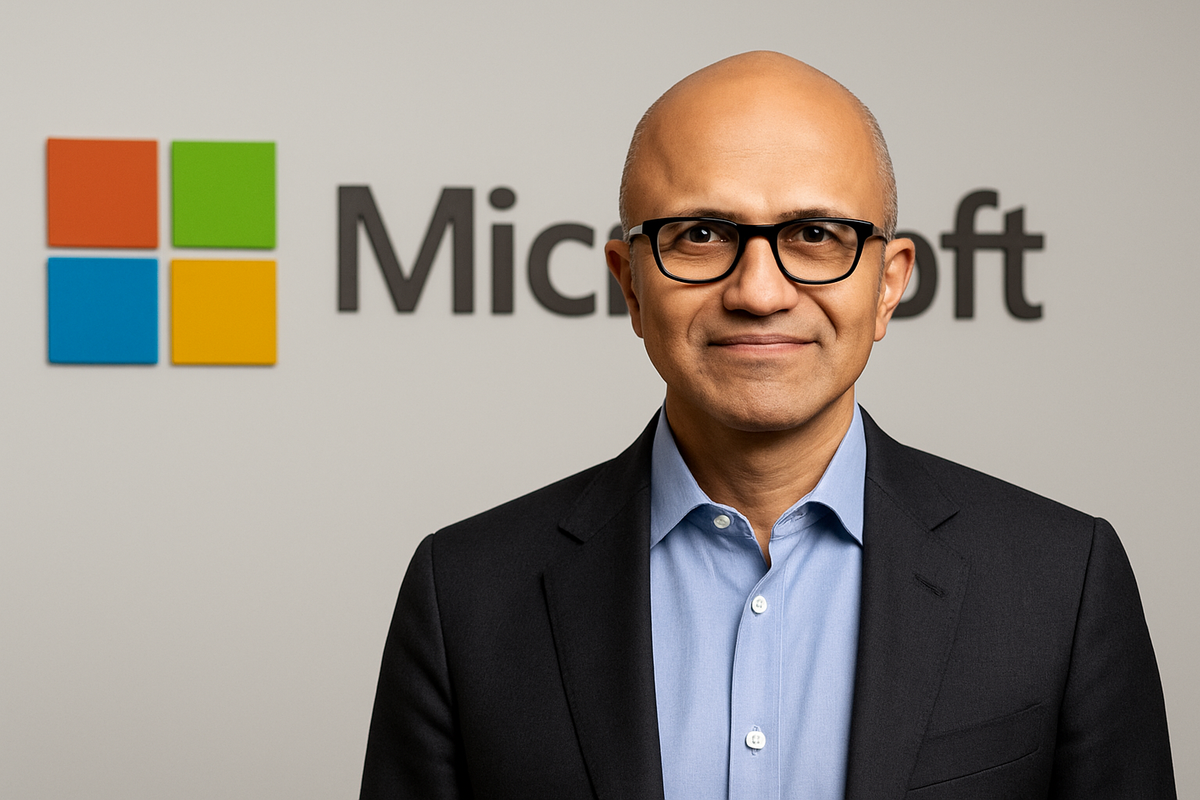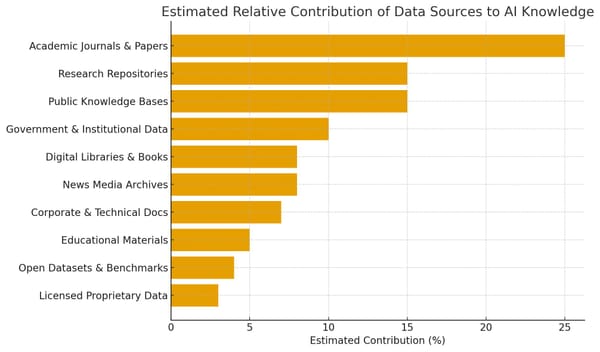Microsoft’s “We Already Built It” Play — Bold, But Fragile

When Satya Nadella recently showcased a newly deployed “AI factory” built on NVIDIA GB300 clusters linked with InfiniBand, the subtext was loud and clear: while OpenAI is scrambling to erect its own AI-scale infrastructure, Microsoft is already there. TechCrunch+2Yahoo Finance+2
It’s a powerful rhetorical move — an incumbent reminding onlookers that it has the infrastructure, scale, and scale-economies that a fast-rising challenger must spend billions to catch up to. But the reality behind the showmanship is more nuanced.
Below is a tour through Microsoft's claims, the broader AI infrastructure race, and the risks hiding behind the spectacle.
The Numbers Microsoft Waves Around
- Microsoft claims it already operates over 300 data centers in 34 countries, giving it a global reach that few AI upstarts can match immediately. TechCrunch+2Dataconomy+2
- The announced “first of many” AI factory is said to consist of ~4,600 NVIDIA GB300 rack nodes, using Blackwell Ultra GPUs and connected via next-gen InfiniBand. Dataconomy+3The Times of India+3TechCrunch+3
- Nadella describes the system as capable of supporting “next-generation” models with hundreds of trillions of parameters. The Times of India+3TechCrunch+3Dataconomy+3
The message: Microsoft doesn’t need to catch up — it’s already at or near the frontier.
But as with all flashy tech announcements, the devil is in the execution, economics, and scaling across long tail geographies and regulatory landscapes.
OpenAI’s Infrastructure Ambitions: No Small Undertaking
While Microsoft leans on its existing footprint, OpenAI and its partners are betting big on new builds and partnerships:
- OpenAI has inked major deals with NVIDIA and AMD to fuel its compute needs. TechCrunch+1
- There’s the Stargate Project: a declared initiative aiming to create a vast U.S.-based AI infrastructure network, with planned investments in the hundreds of billions. Wikipedia+4Cloud Wars+4Dataconomy+4
- OpenAI’s commitments to new sites — bringing additional gigawatts of compute — signal it is moving quickly. Medial+4Cloud Wars+4Dataconomy+4
What makes this interesting is the contrast of strategies:
- Microsoft: scale, reliability, reuse of existing assets.
- OpenAI: greenfield builds, maximal optimization for AI workloads, perhaps more flexible architecture but with higher capital risk.
Advantages Microsoft Holds — And Limitations It Faces
What Microsoft’s approach gives it:
- Geographic reach and latency: Having data centers everywhere gives Microsoft lower latency to end customers, especially when AI services are embedded in SaaS, gaming, or productivity tools.
- Regulatory and compliance infrastructure: Many countries require data localization, privacy constraints, or strict sovereignty rules. Having an existing global footprint helps.
- Operational experience: Running massive cloud infrastructure, optimizing cooling, power, reliability — Microsoft already knows many of those lessons. Investing to scale up AI compute is easier when your baseline is already mature.
- Cost leverage: Upgrading existing sites is often cheaper than building entirely new ones in every region, especially in terms of permitting, site acquisition, grid connection, etc.
Risks and challenges:
- Power and energy cost: AI training, especially at large scale, demands huge electricity consumption. Even large cloud providers find it hard to balance sustainable power procurement, grid constraints, and cooling costs.
- Density limits: In some data center sites, you reach thermal or power density ceilings. You can’t simply drop 100x more GPUs into every site indefinitely.
- Scaling to where new demand is: Some emerging AI demand comes from new geographies or places without strong existing cloud infrastructure. Greenfield builds may be necessary.
- Upfront capital and amortization risk: Microsoft may already own the shell of many data centers, but modifying them with AI-grade power, cooling, networking, and hardware is capital intensive.
- Demand forecasting missteps: If AI usage doesn’t grow as projected, Microsoft risks underutilization or stranded capacity. Already, there are signs Microsoft is pulling back from new leases.



